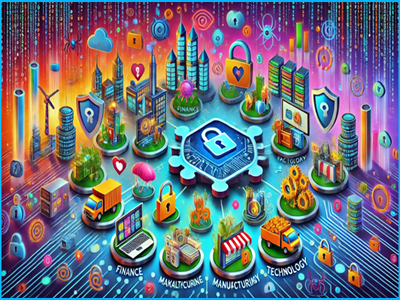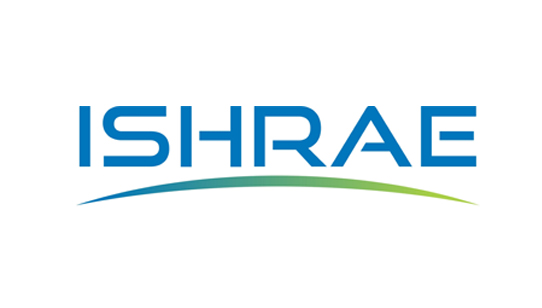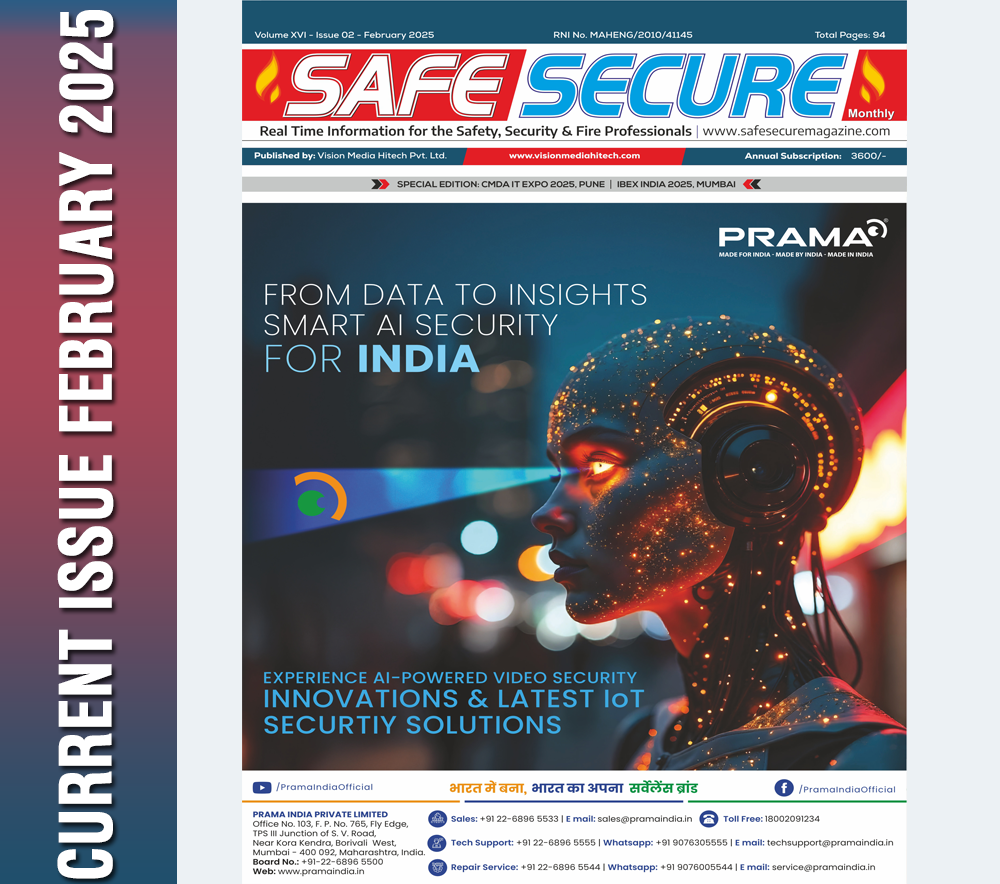Cybersecurity: The Digital Shield of the 21st Century

Highlights:
• Ransomware and phishing remain top cybersecurity threats.
• AI and machine learning: Double-edged swords in the fight against cybercrime.
• Proactive measures include secure backups, endpoint protection, and training.
• Balancing ethical considerations with technological advancement is crucial.
Full Article:
In an era dominated by technology, cybersecurity has become a cornerstone of modern life. From individuals managing personal data to multinational corporations safeguarding trade secrets, the need for robust cybersecurity measures is universal. Cybersecurity encompasses a wide range of practices designed to protect systems, networks, and programs from digital threats such as hacking, phishing, and ransomware.
One of the most significant threats in cybersecurity is the rise of ransomware attacks. These attacks encrypt victims' data, demanding a ransom for its release. Organizations must adopt proactive measures, such as maintaining secure backups and using advanced endpoint protection, to combat this threat. Similarly, phishing schemes continue to evolve, leveraging social engineering to trick users into divulging sensitive information. Awareness and training are crucial in building a human firewall against such attacks.
Emerging technologies like artificial intelligence (AI) and machine learning play dual roles in cybersecurity. On one hand, they empower organizations to predict and mitigate threats more effectively. On the other hand, they equip cybercriminals with sophisticated tools to execute attacks. Therefore, maintaining a balance between technological advancement and ethical considerations is vital for the cybersecurity landscape.
Another critical component of cybersecurity is securing the supply chain. As organizations rely on third-party vendors, the risk of a supply chain attack increases. Cybercriminals exploit vulnerabilities in vendor systems to infiltrate target organizations. Implementing stringent vendor assessment processes and continuous monitoring can mitigate this risk.
Encryption is a cornerstone of data protection. Strong encryption protocols ensure that even if data is intercepted, it remains unreadable to unauthorized individuals. Advancements in quantum computing, however, pose potential risks to current encryption standards. As a result, the development of quantum-resistant cryptographic algorithms is a priority for researchers.
Cybersecurity frameworks such as ISO/IEC 27001 and NIST Cybersecurity Framework provide organizations with structured approaches to managing security risks. These frameworks emphasize risk assessment, incident response, and continuous improvement, enabling organizations to build resilient cybersecurity infrastructures.
Incident response planning is another vital aspect of cybersecurity. Organizations must prepare for potential breaches by developing and testing response plans. A swift and effective response minimizes damage and facilitates recovery. Cybersecurity drills and simulations help teams stay prepared for real-world scenarios.
The role of governments in cybersecurity is also significant. Cybersecurity legislation, such as the General Data Protection Regulation (GDPR) in the European Union and the Cybersecurity Information Sharing Act (CISA) in the United States, sets standards for data protection and encourages information sharing. International cooperation is essential to combat cybercrime, as attacks often transcend borders.
The human factor remains a critical vulnerability in cybersecurity. Social engineering attacks, such as phishing and pretexting, exploit human psychology rather than technical vulnerabilities. Regular training and awareness programs help individuals recognize and resist such attacks. Additionally, fostering a culture of cybersecurity within organizations ensures that employees take ownership of security practices.
Small and medium-sized enterprises (SMEs) often face unique cybersecurity challenges. Limited resources and expertise make them attractive targets for cybercriminals. To address this, SMEs can leverage managed security services and cloud-based security solutions, which provide cost-effective protection without requiring in-house expertise.
Emerging trends in cybersecurity include the adoption of zero-trust architecture and the use of decentralized technologies. Zero-trust architecture operates on the principle of "never trust, always verify," requiring continuous authentication and authorization for access to resources. Decentralized technologies, such as blockchain, offer potential applications in secure identity management and tamper-proof data storage.
Cybersecurity is a dynamic field that requires constant vigilance and adaptation. As technology evolves, so do the tactics of cybercriminals. By embracing a proactive and comprehensive approach, organizations and individuals can navigate the complex landscape of cybersecurity and safeguard their digital assets effectively.
(This "Security Blogs" Published in January 2025 Edition)




.png)







